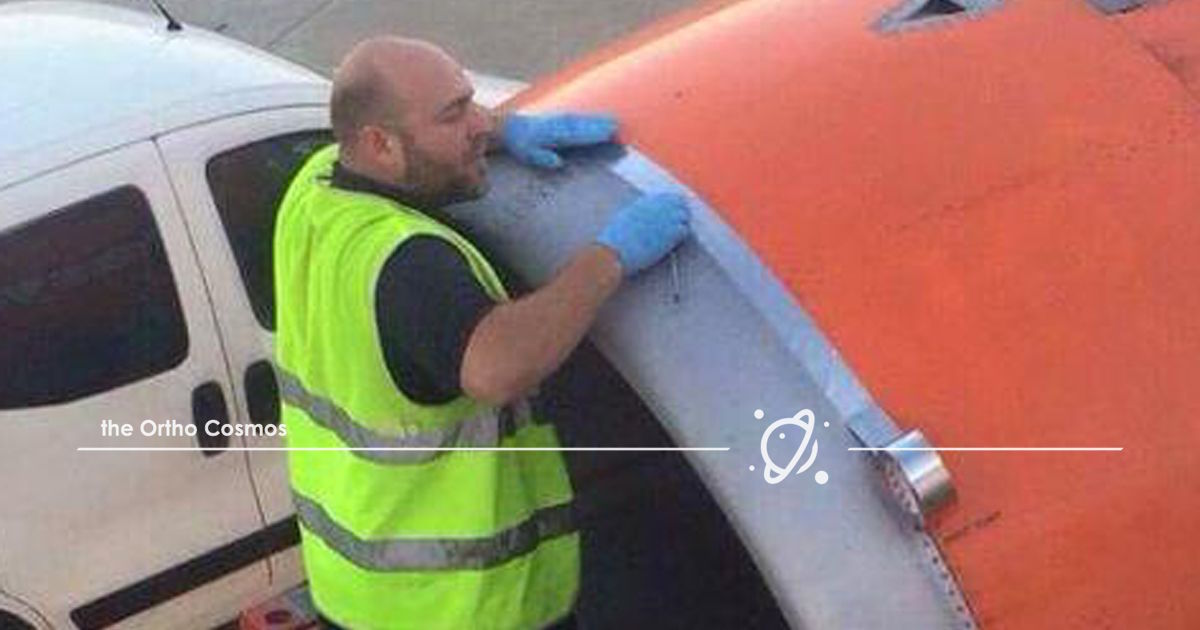 Low Refinement Rates Are Meaningless
Low Refinement Rates Are Meaningless
Back when goopy PVS impressions were required for Invisalign case submissions and additional aligners, case refinements and mid-course corrections were a substantial encumbrance.
The PVS impression process was extremely time consuming, less accurate (than a scan), and highly technique sensitive. All Invisalign attachments needed to be removed to avoid distortion or locking-on of the PVS material, which put force systems and elastics on hold, and it sometimes took a few tries to capture a suitable set of impressions that could be mailed to Invisalign. As a result, additional aligners became something to be avoided at all costs and low-refinement rates became a focus of early Invisalign treatment. The problem with this philosophy is that great results cannot be achieved in fixed appliances without some detailing the archwires or adjusting bracket positions. Additional aligners for the orthodontist to make adjustments are just as important to the outcome in Invisalign.
One can very easily drop their refinement rates by accepting lower quality treatment finishes, but this is not a worthy goal and the lack of consistent finishing which many orthodontists bemoaned in the past was certainly due to this approach to case refinements. Thankfully, all of this is now a moot point with intra-oral scanning technology. Attachments can now remain on during the scan, and the resulting impressions are faster, more enjoyable to patients, and far more accurate.
Orthodontists don’t have a crystal ball, and the suggestion that we currently have the means, or the data, to be able predict the patient’s biologic response to movements and thereby avoid refinements predictably is simply false. Furthermore, there is zero scientific evidence to suggest that individual tooth overcorrections lead to better treatment stability. Adjustments are simply a necessary part of good orthodontic treatment.
Over-activated force systems are absolutely necessary in a broad sense for leveling, expansion, etc., but this is an entirely different concept. These over-activations also require refinement to be able to properly transition into retention from the final .stl files. Such force systems are why I refine most patients, and, done correctly, these adjustments should not result in extended treatment. In the consecutive treated sample I posted the other week, I averaged 1.4 refinements per patient (because we are going to do what it takes to deliver the best result), but the average treatment length for this sample was only 13.6 months and not much different to my treatment time for braces.
Our focus as specialists needs to be on our craftsmanship. If that requires making adjustments with either fixed appliances or Invisalign along the way, then we should not be cutting corners in order to pretend that we are being more efficient.
Leave a Reply